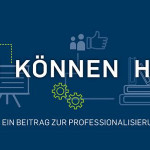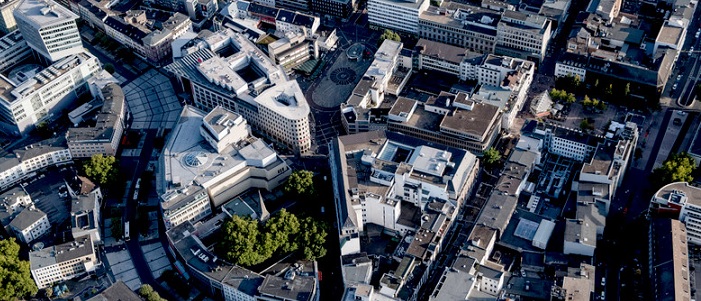Dignifies Spaces in a Plural Europe: On the (in)visibility of cultural and religious communities in post-industrial cities
Was zeichnet das Lehrmuster aus?
This project focused on politically, socially, and spatially marginalized communities in the urban centers of the UNIC universities and their access to dignified spaces. Of particular interest are cultural and religious communities that come to Europe through migration and international linkages and that need specific places and spaces that serve as meeting places to preserve cultural and religious identity.
Fakten im Überblick:
| In welcher Form existiert eine Präsenzphase? |
|---|
| Einzeltermine |
| In welchen Zeitraum wird das Lehrmuster durchgeführt? |
|---|
| Während vorlesungsfreier Zeit |
| Wird das Lehrmuster über einen Zeitraum von mehreren Semester durchgeführt? |
|---|
| Nein |
| Welchen Umfang hat das Lehrmuster? |
|---|
|
Teilnehmerzahl: 13 |
| In welchem Studienabschnitt ist das Lehrmuster angesiedelt? |
|---|
| Master, Sonstiges (Promovierende) |
Welche Zielsetzung hat das Lehrmuster?
This teaching/learning project follows the general goals of UNIC, particularly:
– Networked teaching in a research- and transfer-oriented way.
– Use the high diversity of students and teachers at our universities to make Europe more inclusive.
– Develop new forms of cooperation and mobility, i.e., offer students, teachers, and researchers a largely uncomplicated virtual and physical mobility within this network.
Virtual mobility was achieved by way of two online meetings per week from February to April 2022, and by means of a Moodle course, organized in collaboration with all four professors in this project.
Was sind wesentliche Inhalte des Lehrmusters?
Our teaching/learning project is based on an inter-disciplinary research project on “Spaces of Dignity,” developed in the Global Young Faculty V (Mercator Research Center Ruhr) and has been developed cooperatively with the group of teaching staff from all four UNIC partners in Rotterdam, Cork, Istanbul and Bochum. It focuses on those communities in Europe that do not (yet) have such dignified spaces, that are politically, socially, and spatially marginalized. Of particular interest are cultural and religious communities that often come to Europe through migration and that need specific places and spaces that serve as meeting places to preserve cultural and religious identity.
Thus, the teaching/learning project captures and makes visible different perspectives of cultural or religious communities in diverse European cities. Students will locate and visit religious and cultural minorities in their respective hometowns while being virtually connected in weekly lectures and seminars. This is a perfect combination of academic learning and intercultural experience.
Weitere Lehrmuster:




Welche E-Learning-Elemente werden eingesetzt?
Zoom and Moodle.
Konzipierung
Kontaktperson:
Dr. Martin Radermacher
(martin.radermacher@rub.de), Centrum für Religionswissenschaftliche Studien
Internetseite zum Lehrmuster
Weitere Informationen
Veröffentlichungsdatum:
19. Dezember 2023, 13:26 Uhr
Schlagwörter:
Internationalisierung, Religion, UNIC, Virtual Exchange
Fächergruppen:
Geisteswissenschaften, Gesellschaftswissenschaften, Interdisziplinär


